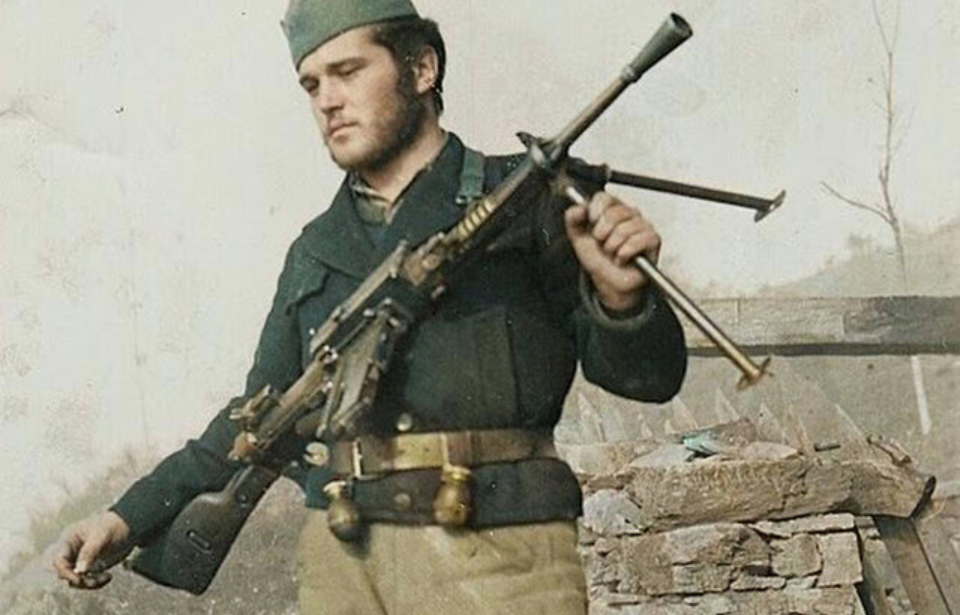When discussing the worst light machine guns of the Second World War, the Breda Modello 30 immediately makes the list. The Italian-produced weapon was so ineffective that it’s honestly surprising that it entered active service with frontline troops. What made it such a horrible gun and why wasn’t it replaced by another, more capable one? Keep on reading to find out.
Development of the Breda Modello 30
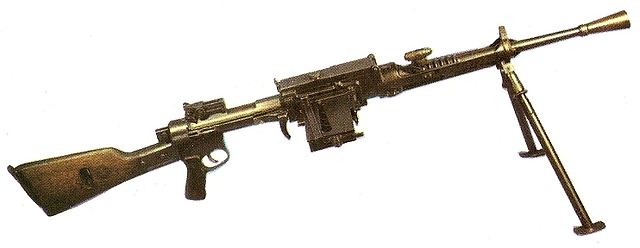
The Breda Modello 30 was developed in the late 1920s, at a time when Italy was looking to modernize its military arsenal. It was designed by arms manufacturer Breda Meccanica Bresciana, with the aim of providing Italian infantrymen with a reliable light machine gun that offered both superior firepower and mobility in the heat of battle.
Following numerous trials and modifications, the Breda Modello 30 was officially adopted by the Italian Army in 1930. However, as we’ll discuss later, the company would need to continuously modify the weapon over its service life, as it suffered from several issues (most of which put users’ lives in danger).
Breda Modello 30 specs.
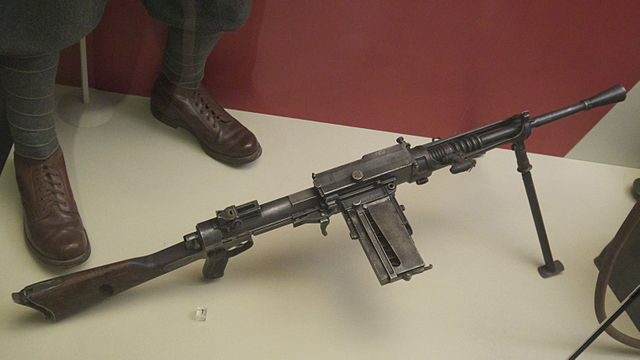
A closed-bolt, short-recoil, delayed blowback light machine gun, the Breda Modello 30 chambered the standard round used by the Italian military, the 6.5 x 52 mm Carcano. While, in theory, the weapon had a rate of fire of 500 rounds per minute, the practical rate was much lower, at around 150. The cartridges were supplied through 20-round stripper clips, which were put into a fixed magazine on the gun’s right side.
While the Breda Modello 30‘s short-recoil operation was what made it unique, it was also the cause of some of its (many) issues. The system was prone to overheating, making it susceptible to “cook-offs,” where-in the ammunition would ignite. On top of this, each cartridge needed to be oiled before being chambered. While this was meant to improve reliability, it actually resulted in the rounds attracting dust and debris.
So many issues…
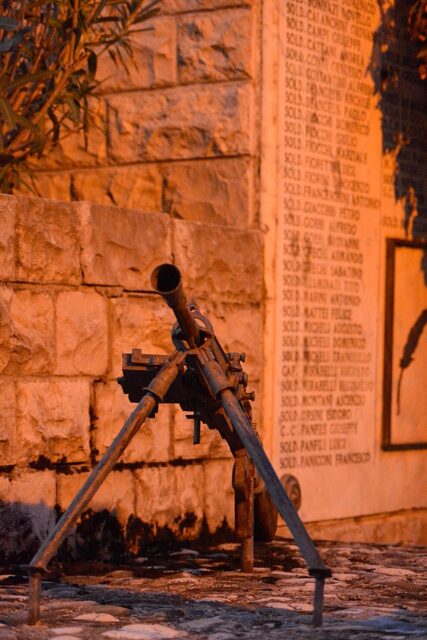
There were more negatives than positives when it came to the Breda Modello 30. For starters, the fixed magazine proved to be a challenge, as it contributed to the light machine gun’s reputation as a cumbersome tool that was prone to jamming. What’s more, if the magazine became detached, it essentially became unusable.
The lubrication system also presented maintenance issues, as did the weapon’s overall design. There was no easy way to carry it, due to its layout, and the front and rear sights were attached to the body, meaning just one could be zeroed; if a spare barrel was needed, it would need to be re-focused, something that wasn’t always practical in battle. As such, it wasn’t overly accurate.
When you pair these problems with its tendency to overheat and its impractical rate of fire, it’s easy to see why Italian soldiers were less than thrilled about using the light machine gun in the field. The Breda Modello 30 was so bad, in fact, that it actually put infantrymen at a disadvantage against enemy troops who were equipped with more reliable weapons.
Seeing action with the Royal Italian Army
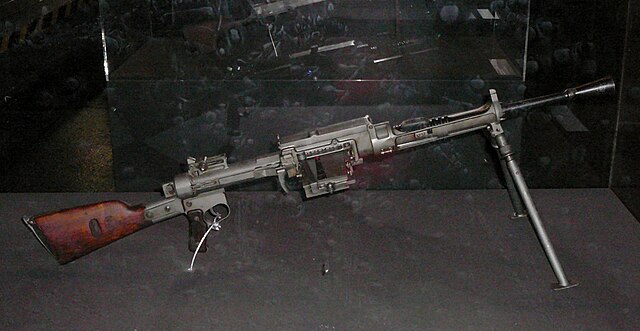
The Breda Modello 30 was widely equipped by the Italian forces during the Second World War, with the light machine gun also seeing use in the Spanish Civil War and the Second Italo-Abyssinian War. It was issued at the platoon level, giving rifle squads additional firepower, and saw limited use with the Germans following the signing of the Italian armistice in 1943 as the MG 099 (i).
During the North Africa Campaign, the weapon’s lubrication system became a liability, as the desert environment increased its tendency to jam, especially during prolonged firefights. The fixed magazine and slow reloading process also hindered infantry troops. That being said, it did see slightly better success on the Eastern Front.
More from us: Heckler & Koch G3: The Cold War-Era Battle Rifle That’s Stood the Test of Time
Want War History Online‘s content sent directly to your inbox? Sign up for our newsletter here!
Despite these flaws, the Breda Modello 30 remained in service throughout World War II, as the Italian military didn’t have a suitable replacement.
